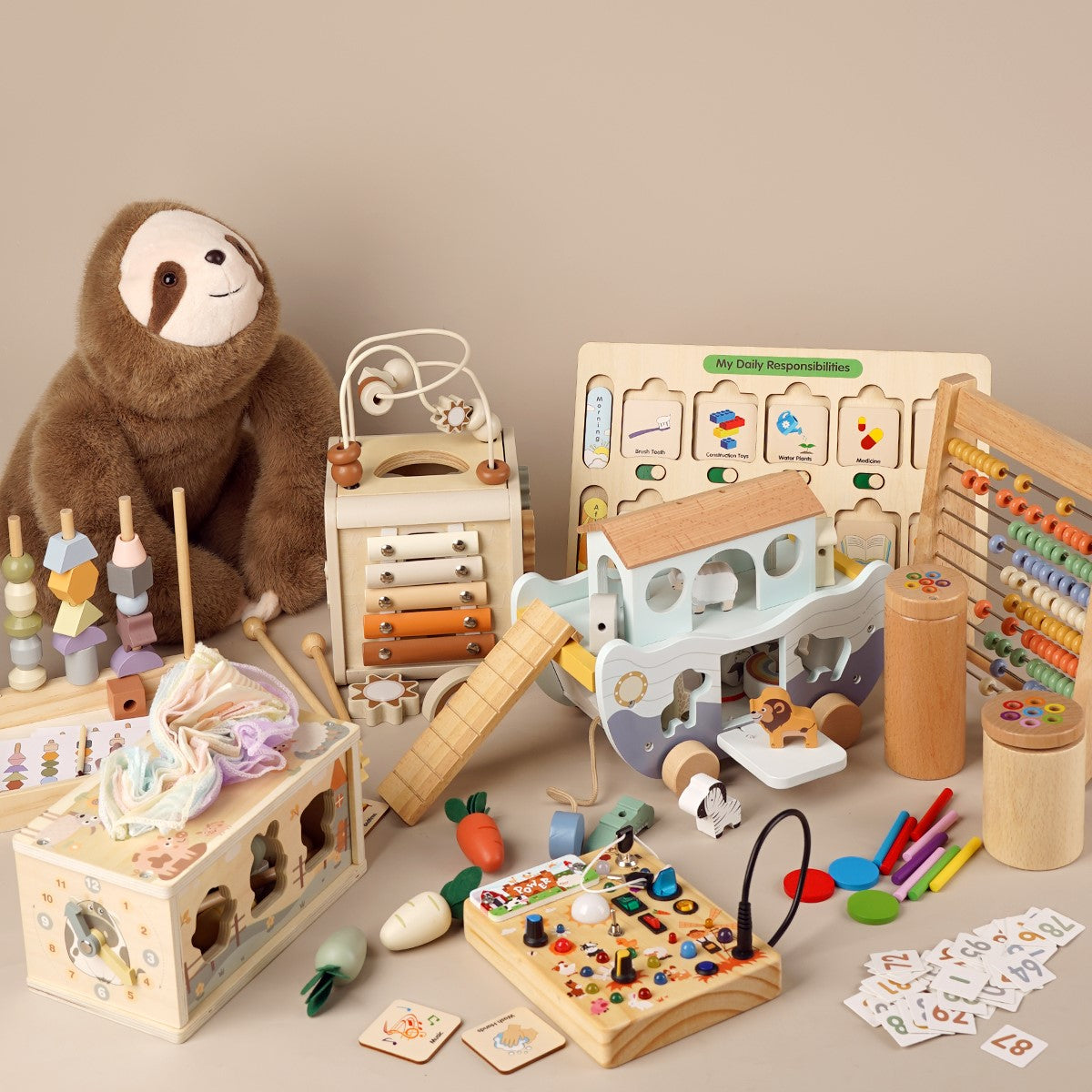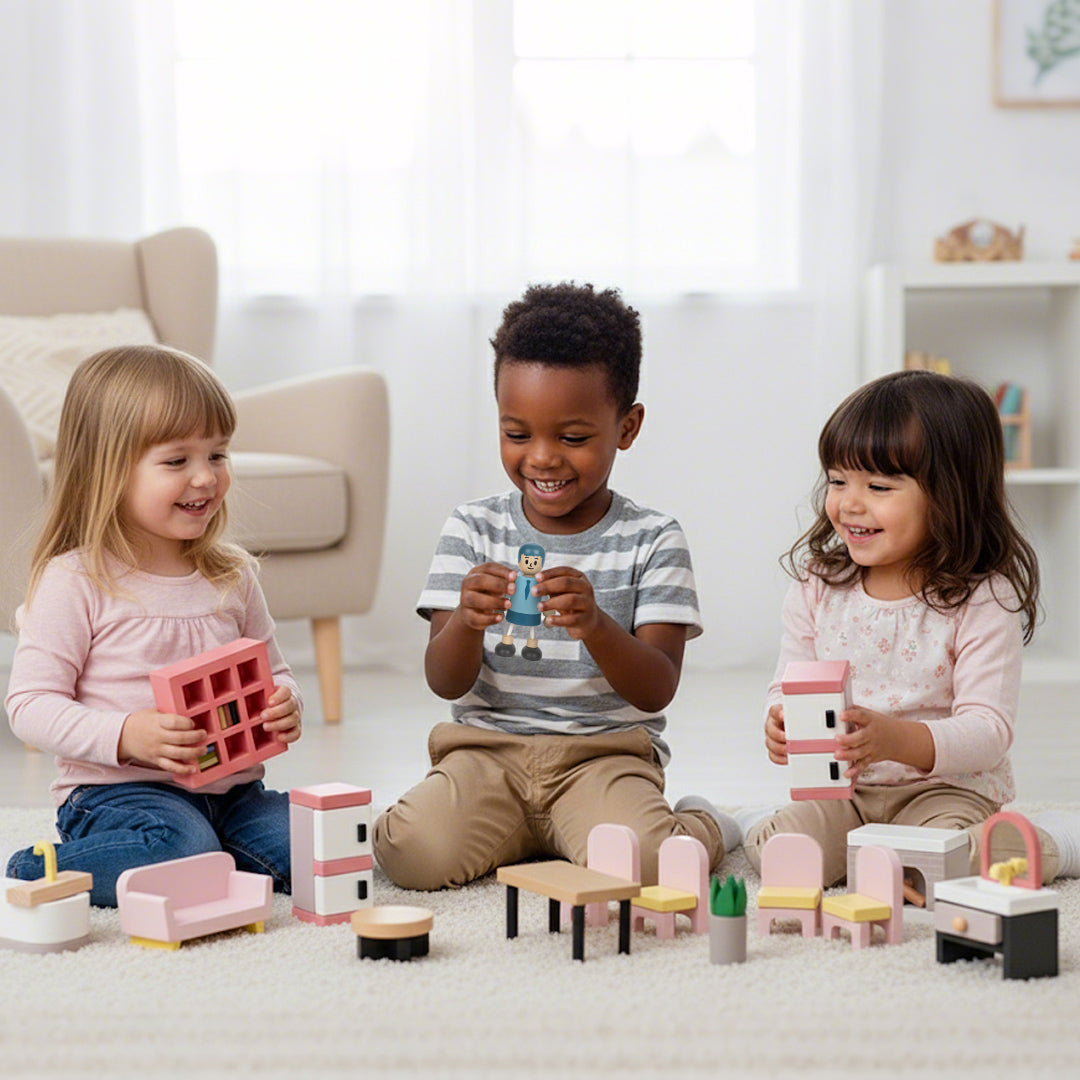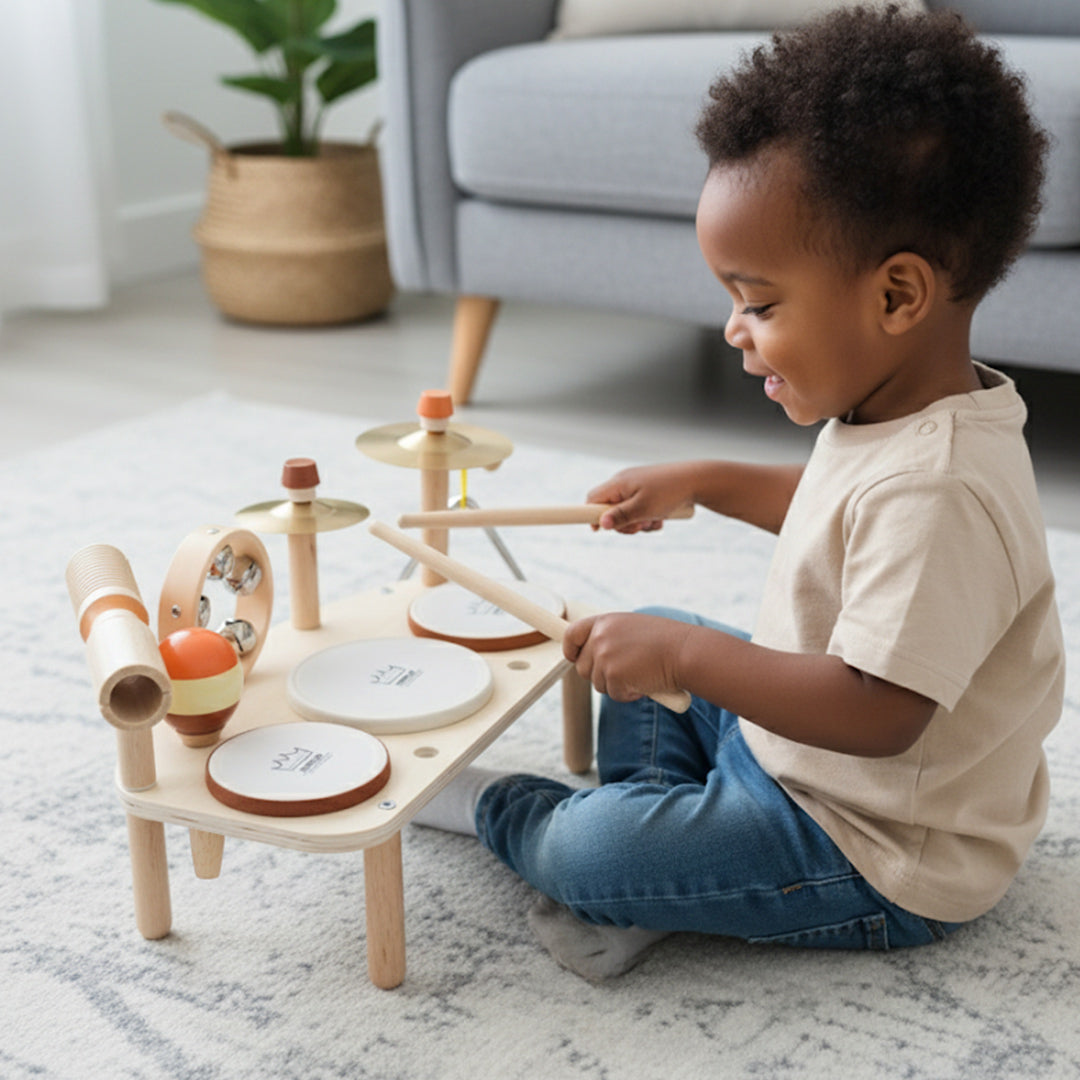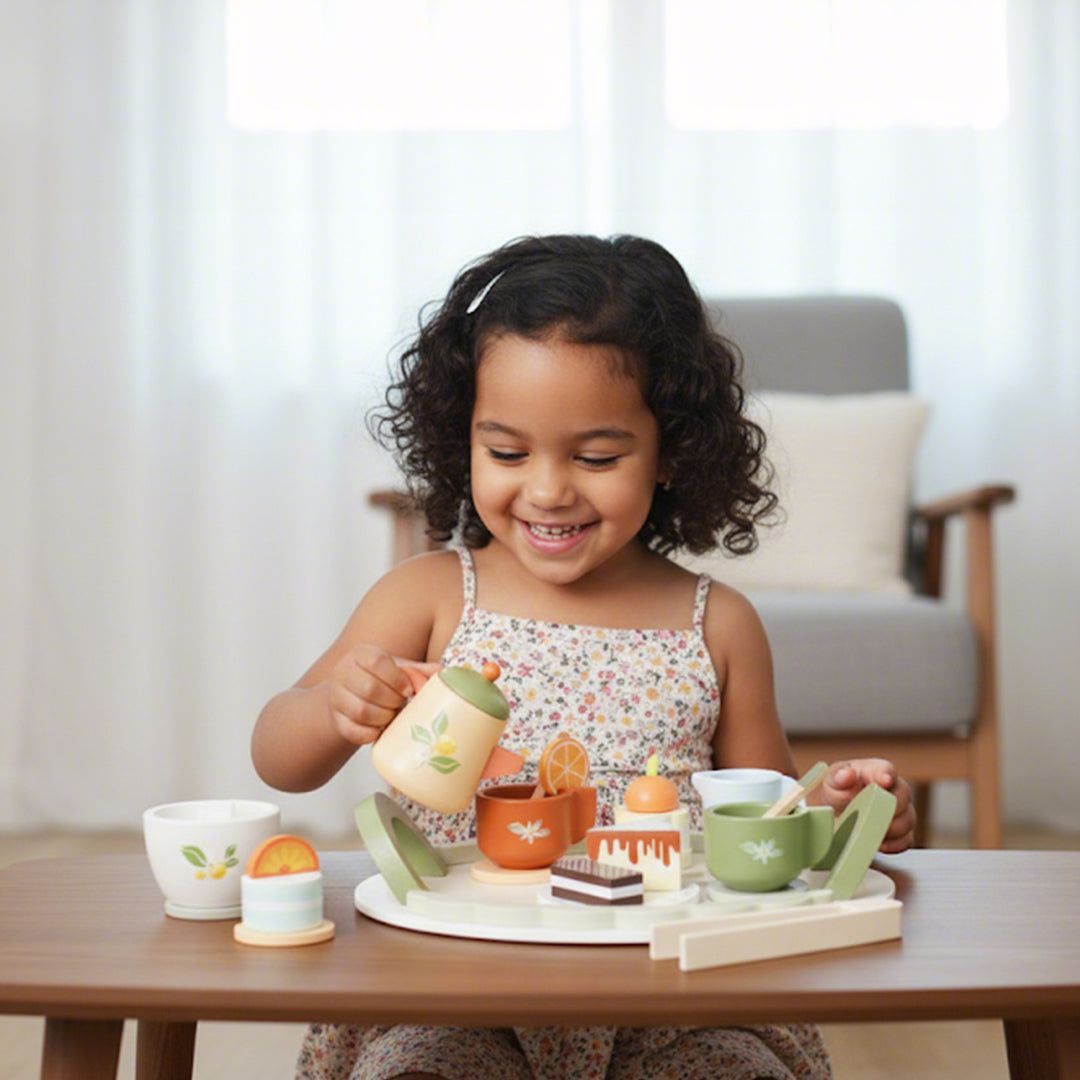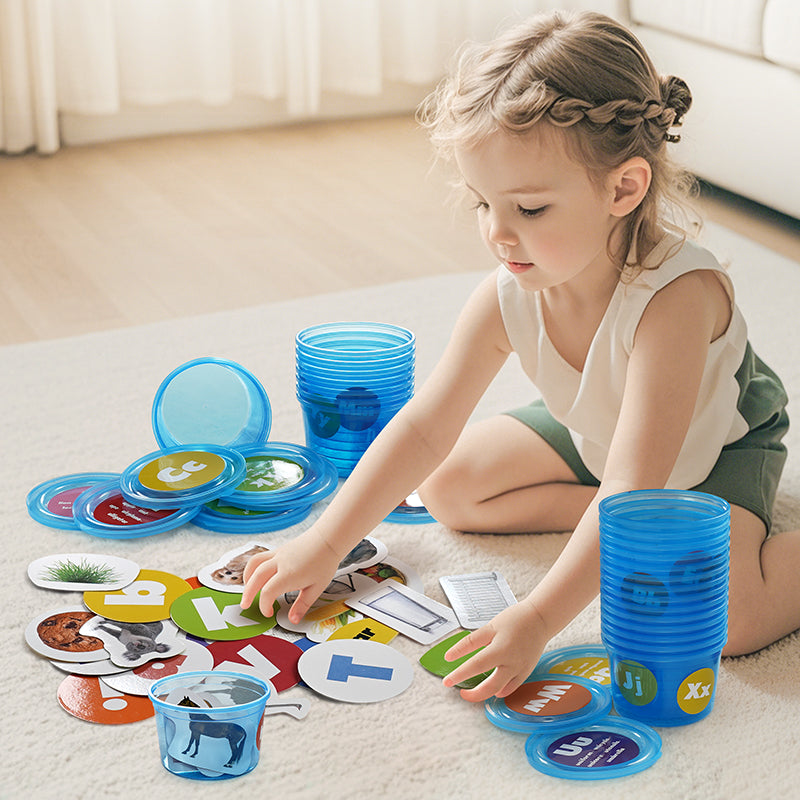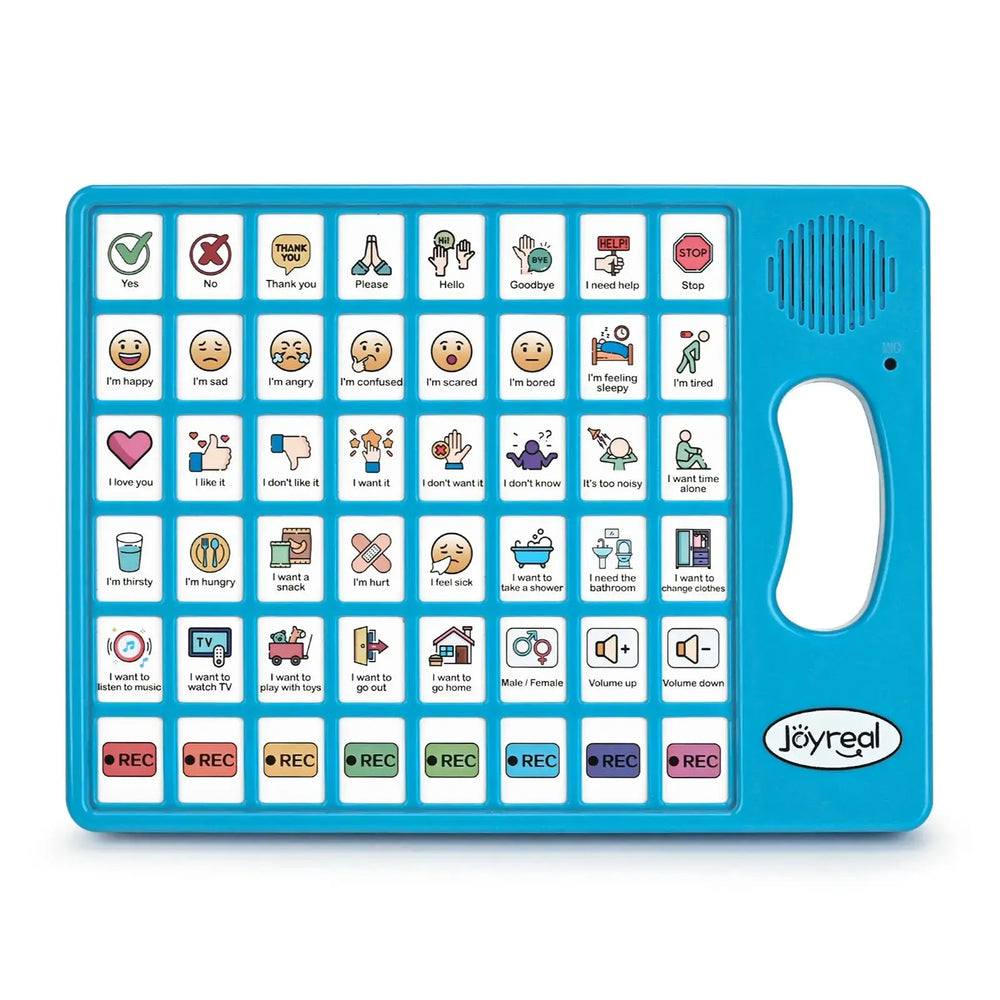Travel Guide for Children with Autism: Tips & Practical Advice
Travel is more than just moving from one place to another. It’s an opportunity for families to spend quality time together, expand a child’s cognitive and sensory experiences, and create lasting memories.
For children with autism, travel can be both a challenge and a valuable learning experience. On one hand, unfamiliar environments may bring stress. On the other, travel can help children practice adaptability, strengthen social skills, and build confidence in navigating new situations.
Why Travel Requires Extra Planning for Children with Autism

-
Sensory Sensitivities and Environmental Changes
Many children on the spectrum have heightened sensitivity to light, noise, smells, or crowds. This makes travel environments—like busy airports or noisy train stations—especially overwhelming. Parents often ask, “Is long-distance travel even suitable for children with autism?” The answer is yes. With preparation and patience, children can successfully adapt. Starting with shorter trips and gradually extending the duration helps them build confidence step by step.
-
Dependence on Daily Routines
Children with autism thrive on predictable routines, such as consistent meal times or bedtime rituals. When travel disrupts these routines, anxiety can increase. This is why many families wonder, “How can I handle meltdowns during the trip?” One effective strategy is to bring comfort items—like sensory toys, favorite blankets, or noise-canceling headphones. If a meltdown happens, find a quiet space and give your child the time and tools they need to self-regulate.
-
The Need for Safety and Comfort
Because some children are prone to wandering or struggle to self-soothe in unfamiliar environments, extra safety precautions are essential. Parents frequently ask, “What sensory tools should I pack?” Items like tactile toys, music toys, and even familiar scents can make a huge difference. These tools not only reduce stress but also provide a sense of security during transitions.
Practical Tips for Common Travel Scenarios
-
Flying with a Child on the Spectrum
Airports and airplanes are often filled with sensory triggers. Parents often ask, “How can I help my child feel safe on a plane?” The key is preparation. Explain the process ahead of time using visuals or social stories so your child knows what to expect. Pack familiar items for comfort, and let them wear headphones during takeoff and landing to reduce noise. It’s also a good idea to inform flight attendants about your child’s needs so they can provide support when necessary.
-
Choosing the Right Destination
Another common concern is, “How do I choose a travel destination suitable for my child?” The best options are quiet, structured, and family-friendly environments. Resorts designed for families, nature destinations with plenty of outdoor space, or places offering autism-friendly services are excellent choices. These destinations help minimize sensory overload while providing enjoyable experiences for the whole family.
Travel Packing Checklist for Families of Children with Autism
Preparing the right items can make the difference between a stressful trip and a smooth, enjoyable journey. Below is a parent-approved checklist that balances comfort, safety, and sensory needs:
1. Autism Sensory Toys
Bring familiar autism sensory toys that your child already uses at home. Fidget spinners, stress balls, weighted lap pads, or textured toys can help manage anxiety and provide comfort during long journeys.
2. AAC Devices for Autism
If your child communicates using AAC devices for autism (such as speech tablets or communication boards), make sure they are fully charged and easily accessible. Having this tool handy allows your child to express needs and reduces frustration in new environments.
3. Sensory Toys for Kids
General sensory toys for kids, such as playdough, chewy necklaces, or squishy stress toys, are great for keeping little hands busy and helping children self-regulate when routines change.
4. Sensory Seeking Toys
Some children crave extra stimulation rather than avoiding it. For these kids, pack sensory seeking toys like tactile balls, stretch bands, or small balance cushions. These tools help release energy in healthy ways, especially during long waits or flights.
5. Music Toys and Headphones
Music toys or small instruments (like a mini keyboard or shaker) can provide comfort and entertainment. Pair them with noise-canceling headphones to reduce environmental noise and give your child a safe auditory space.
6. Comfort and Safety Items
- A favorite blanket or stuffed animal
- Healthy snacks and familiar drinks
- ID bracelet or safety card with contact information
- Medications and a basic first-aid kit
By combining sensory supports, communication tools, and comfort items, families can create a “travel toolkit” that empowers children with autism to feel safe, supported, and ready to explore.
Conclusion: Turning Travel into a Positive Experience
Traveling with a child who has autism requires extra planning, flexibility, and compassion, but it is absolutely possible. By starting with short trips, maintaining familiar routines, packing sensory toys and AAC devices for autism , and selecting the right destinations, families can transform travel into an enjoyable adventure.
While challenges may arise, the benefits—richer experiences, stronger family bonds, and opportunities for growth—far outweigh the difficulties. With thoughtful preparation, every trip can become not just a journey, but a step toward greater resilience and joy for both the child and the family.
Maybe it will be helpful for you:
Recent Post

What Finally Helped My Toddler Speak Up?
If you’re a toddler mom, you already know how much emotional weight...

Joyreal Christmas Toys Deals 2025
Enjoy instant savings across nearly every category, from early lear...

How Wooden Montessori Toys Support a Sustainable Childhood
Most parents don’t say it out loud, but many feel the same quiet fr...

Top Christmas Gifts to Help Kids Communicate Better This Holiday Season
The holiday season brings joy, family bonding, and endless opportun...

How to Make DIY Printable Communication Boards
Communication is at the heart of every child’s development — and fo...

Top 5 Christmas Gifts That Bring Families Closer (2025 Guide)
Christmas isn’t just about the gifts — it’s about the moments we c...

Top Musical Christmas Gifts for Toddlers & Preschoolers 2025
Why Musical Gifts Are Perfect for Toddlers and Preschoolers Music h...

Joyreal AAC Devices Wholesale Partner
In today’s educational and therapeutic environments, speech therapi...

Joyreal AAC Device – Big Sale for Autism & Speech
Every Voice Deserves to Be Heard Imagine your child looking up at y...

How to Choose Safe & Educational Toys for Christmas 2025
When “Just a Toy” Means So Much More If you’re a parent, you know t...
